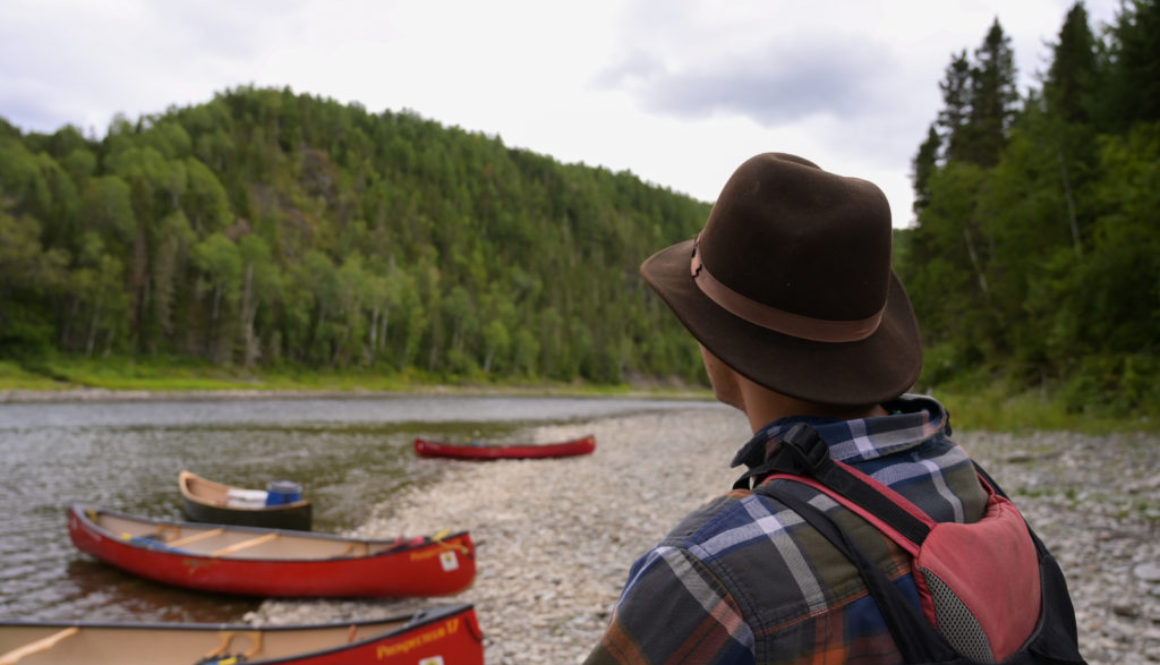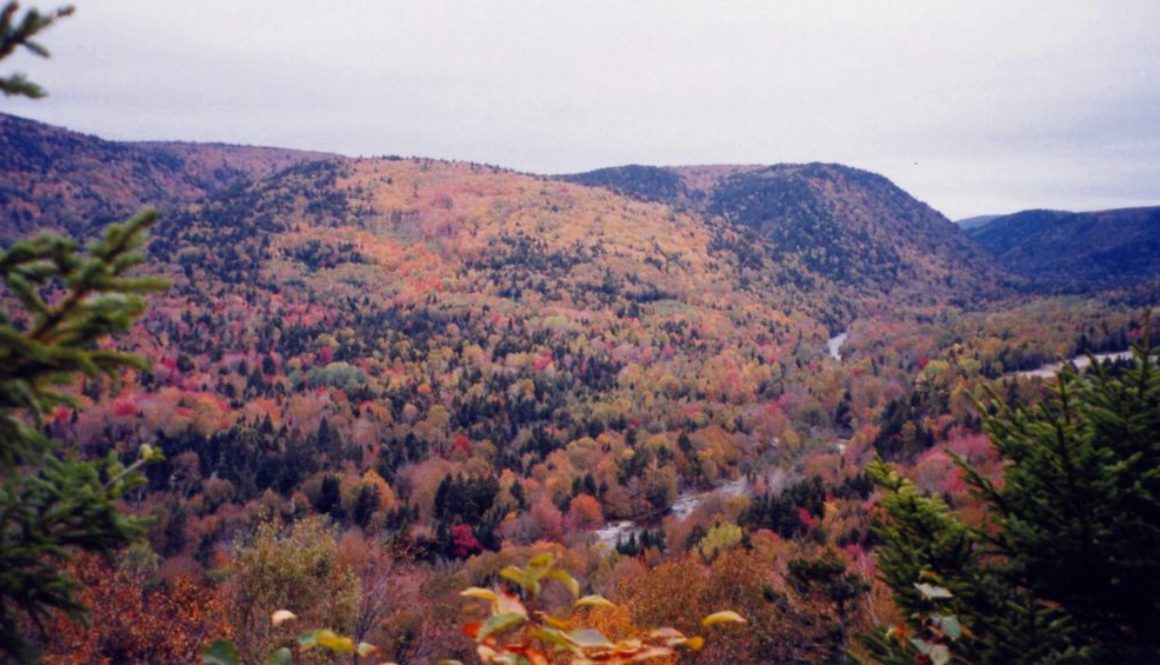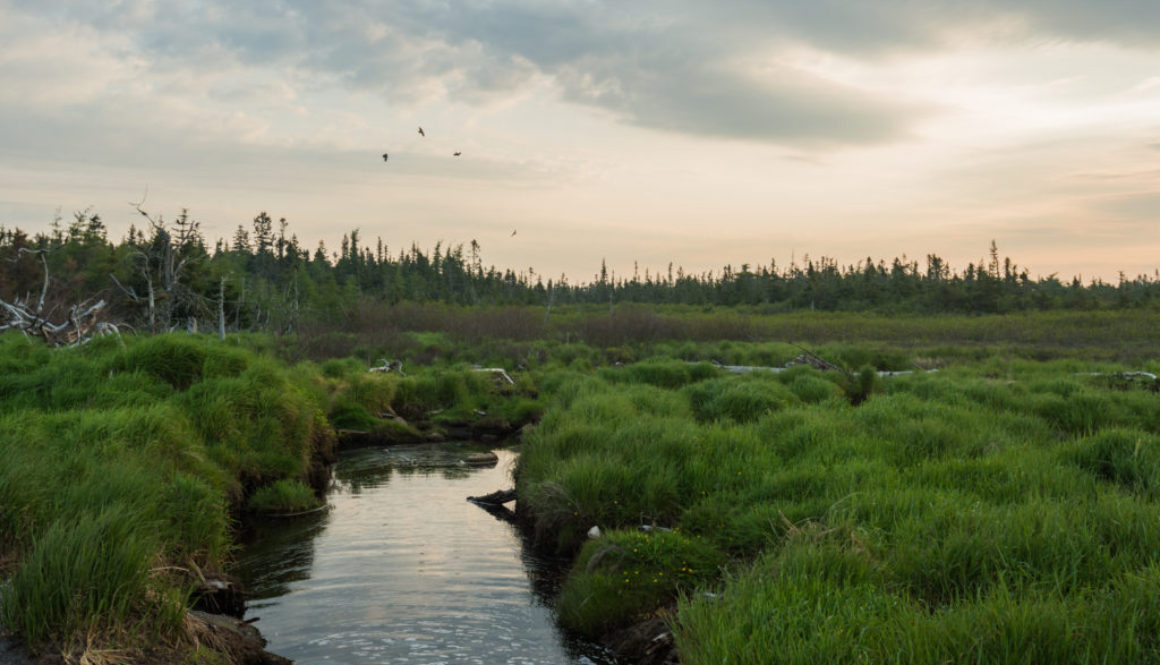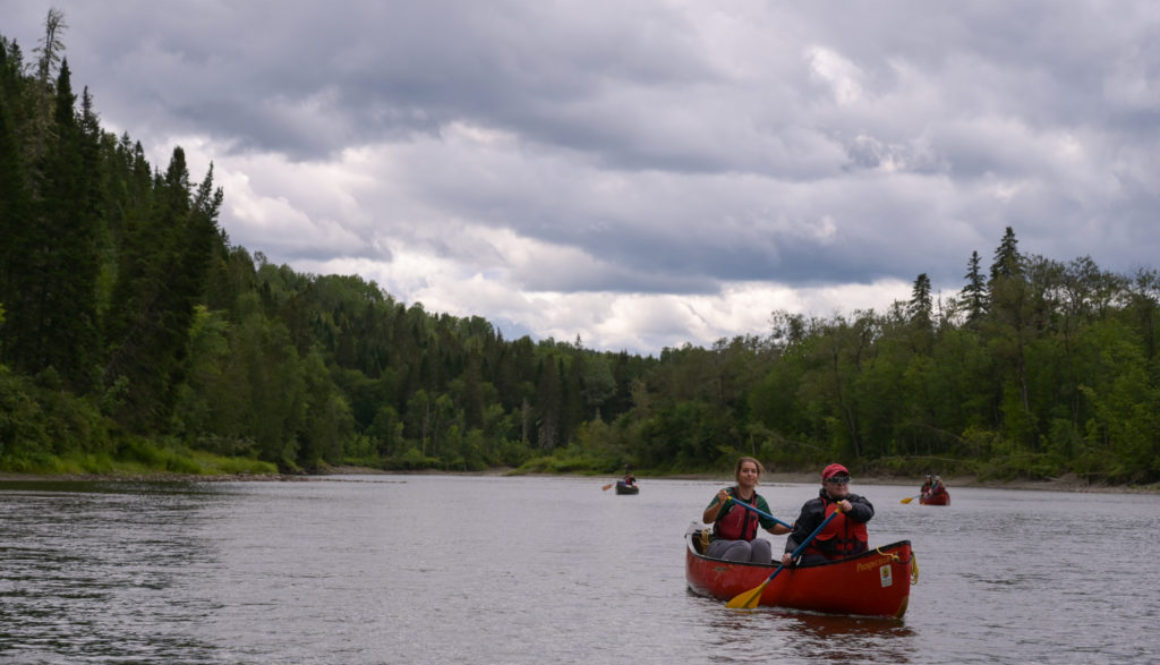Meet the CPAWS-NB Team: Brittany and Kelsey
CPAWS-NB has big plans for conservation in our province this year, and we couldn’t get to those goals without the passionate efforts of our dedicated staff! Now that we’ve just about made it through the first month of 2020, we wanted to get back to introducing you to our amazing team who work so hard to see the mission of CPAWS-NB come to life.
We are lucky at CPAWS-NB to have found an incredible team of women who share a vision of a protected New Brunswick where our wildlife and our communities thrive. Brittany and Kelsey, two of our Coordinators, work hard to inspire a love of nature and a desire to protect it in New Brunswickers of all ages, and now they’re sharing their experience and insight on all things CPAWS-NB with you!
 Meet Brittany Dixon! An avid hiker and nature enthusiast, Brittany helps our programs come to life by engaging folks like you as our Conservation Engagement Coordinator.
Meet Brittany Dixon! An avid hiker and nature enthusiast, Brittany helps our programs come to life by engaging folks like you as our Conservation Engagement Coordinator.
What role do you play in the CPAWS NB team?
My role involves engaging with our members and volunteers, which can take many forms. I help to coordinate our events throughout the year, including the Tuesday Talks speaker series, nature walks, photography exhibits, and more! I also enjoy helping with our ‘Watch Your Paws’ education program by travelling the province and giving presentations to young people.
Since last summer, I have been assisting to coordinate the Canadian Wilderness Stewardship Program, an exciting, new program at CPAWS-NB! I work with a group of 10 volunteers from around the province to take part in a wilderness expedition, community project, and Ottawa Summit conference. I have enjoyed getting to know the volunteers as we work towards the creation of various community projects aimed at engaging with the public and sharing knowledge on NB conservation and parks.
What led you to your work with CPAWS NB?
At CPAWS NB, I have the opportunity to work with a fun, brilliant team of conservation and nature enthusiasts. I was drawn to the diversity of the work involved in the role and the opportunity to apply my experience in event planning and outreach. I love that my position allows me to combine my passion for conservation work with my love for the outdoors and each week, month, and season brings new challenges and experiences!
What motivates you to work in the environmental movement?
I believe that we have a responsibility to keep our planet healthy, not only for ourselves, but for every living creature. The impact of humans around the world should be a priority to everyone, and it is our responsibility to do something, to lend a voice, and to be a part of the change. I think we are on the cusp of a worldwide movement towards real change and I am so excited to be a part of the fight for our planet and natural spaces.
Tell us something uniquely you…
I absolutely love to travel and discover new places and new experiences. This past summer I hiked the Grand Manan trail for the first time and over the course of three days, I walked solo along the beautiful coastline overlooking the Bay of Fundy’s impressive expanse. I find that multi-day hiking allows me to clear my head, get away from the stresses of life, and challenge myself in new ways. My goal is to tackle a long section of the Appalachian trail one day!
 Kelsey Wierdsma first joined our team in 2015 and has been a leader in our conservation programs and advocacy efforts! She currently works as our Conservation Coordinator.
Kelsey Wierdsma first joined our team in 2015 and has been a leader in our conservation programs and advocacy efforts! She currently works as our Conservation Coordinator.
What role do you play in the CPAWS NB team?
I coordinate our terrestrial conservation campaigns, and I help to coordinate our marine campaigns as well as our education and outreach programs. I also write communications materials for our social media, newsletter and website.
What led you to your work with CPAWS NB?
I’ve known since high school that I wanted to work in the environmental field in some capacity. So, I focused my schooling on environmental policy and management—I hold a Master of Environmental Management, where both my project and practicum focused on New Brunswick’s provincial park system. I also spent two summers working for New Brunswick Parks. Our Executive Director, Roberta Clowater, was one of my professors and a supervisor on my master’s project, which is how I learned about the crucial work of CPAWS NB. When Roberta approached me about a possible internship at CPAWS NB, I knew it was where I wanted to be, and I’ve been here ever since!
What motivates you to work in the environmental movement?
Being born and raised in New Brunswick contributed heavily to my passion for the environment as I was growing up. I think many New Brunswickers would agree that nature makes up some of our provincial identity. Being outside most of my childhood transferred into a passion to protect it. As I learned more throughout my university career about all the issues we are facing, my motivation to work in the environmental movement only became stronger. Some days it can be hard to think about environmental problems but knowing that we are actively working on them helps me to be even more determined and focused.
Tell us something uniquely you…
I also majored in Religious Studies in my undergrad and I worked at the Saint John Jewish Museum for two summers!
With our 16th year in action and advocacy ahead, we asked Brittany and Kelsey what they’re looking forward to most!
What are you most looking forward to for CPAWS in 2020?
Brittany: I am looking forward to working with our Canadian Wilderness Stewardship Program volunteers as they begin to organize and host a variety of community projects around New Brunswick. They have been working hard to create diverse events and projects that will showcase the beauty of New Brunswick and the importance of protecting our land and oceans. Our goal is to engage with the community through these events and create inclusive, educational experiences.
I am also excited for the future of protected lands in New Brunswick, especially with the Government of New Brunswick’s recent commitment to protecting 10% of the province in 2020. This is an exciting time to work in the environmental sector and I can’t wait to see what we accomplish in the coming months.
Kelsey: I am looking forward to working on our Pathway to 2020 target of conserving 17% of land in Canada. Here in New Brunswick, to contribute to this target, our government committed to protecting 10%. I look forward to working with everyone to achieve this protected area goal. In particular, I am excited to work on the development of the Restigouche Wilderness Waterway Park.
With January now under our belts, we are excited to see what the rest of 2020 will bring! With Brittany and Kelsey on board, and the rest of the CPAWS-NB team, we are ready to take on our conservation goals and work to protect more of New Brunswick’s wilderness by the year’s end.
Interested in supporting our work and our team as a volunteer? Find out more, here.
Join us for our next Tuesday Talk event in Fredericton on February 18! Check it out, here.
Give the gift of nature! Support the work of CPAWS-NB in protecting New Brunswick’s wilderness.
Header photo by Justin Dutcher, Dutch Elms Studios

Julie Reimer is a PhD student at the Memorial University of Newfoundland and a Board Member of CPAWS-NB. Having worked in the whale watching industry in New Brunswick and conducted her Master’s research on conservation planning for the North Atlantic right whale, Julie is an advocate for MPAs in New Brunswick. Julie’s current research attempts to see the “bigger picture” of conservation, reaching beyond protected areas to understand the synergies between conservation actions and ocean industries. To connect with Julie, visit http://juliereimer.wixsite.com/hello.

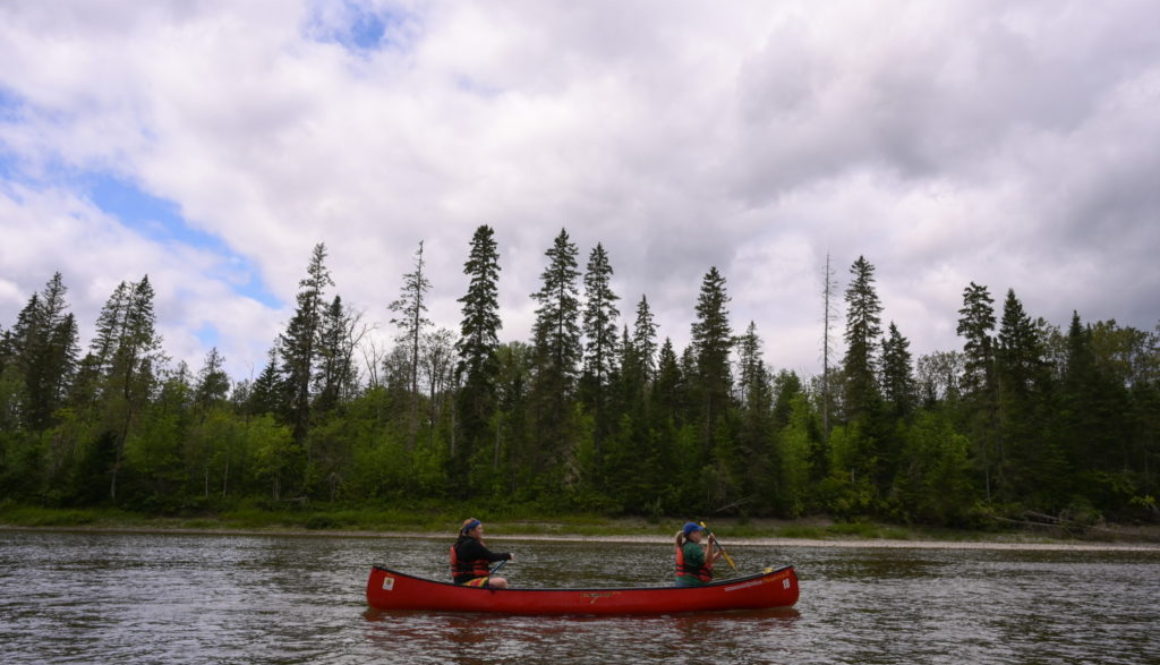
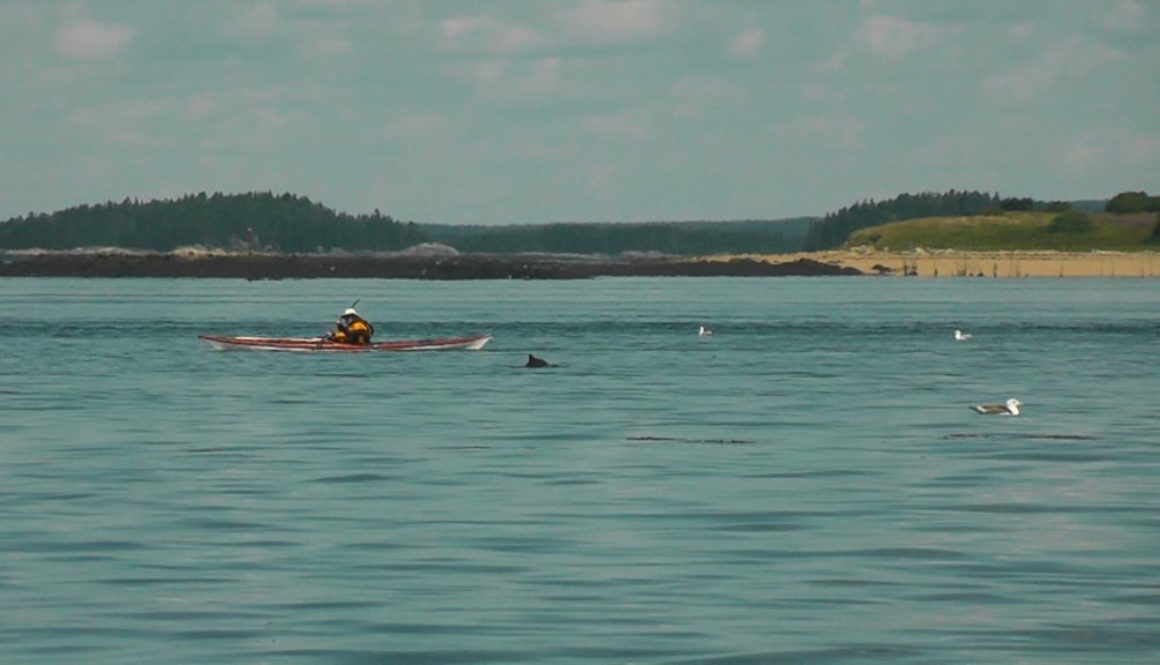

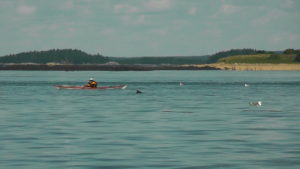 Beyond its dollar value, respondents valued the ocean for its other contributions to wellbeing, as well as its intrinsic worth: People cited the ocean’s natural beauty, its importance as a food source, and its ecosystem and wildlife. 72% of respondents also stated that they had access to fresh seafood, suggesting that the ocean is an important aspect of food security.
Beyond its dollar value, respondents valued the ocean for its other contributions to wellbeing, as well as its intrinsic worth: People cited the ocean’s natural beauty, its importance as a food source, and its ecosystem and wildlife. 72% of respondents also stated that they had access to fresh seafood, suggesting that the ocean is an important aspect of food security.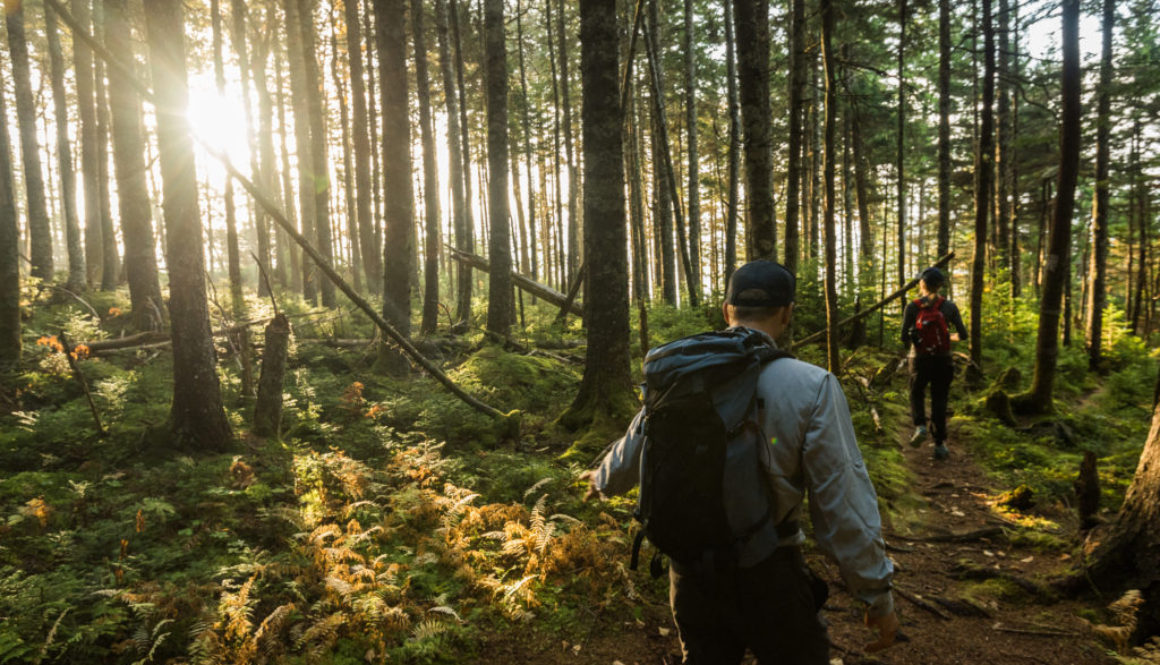



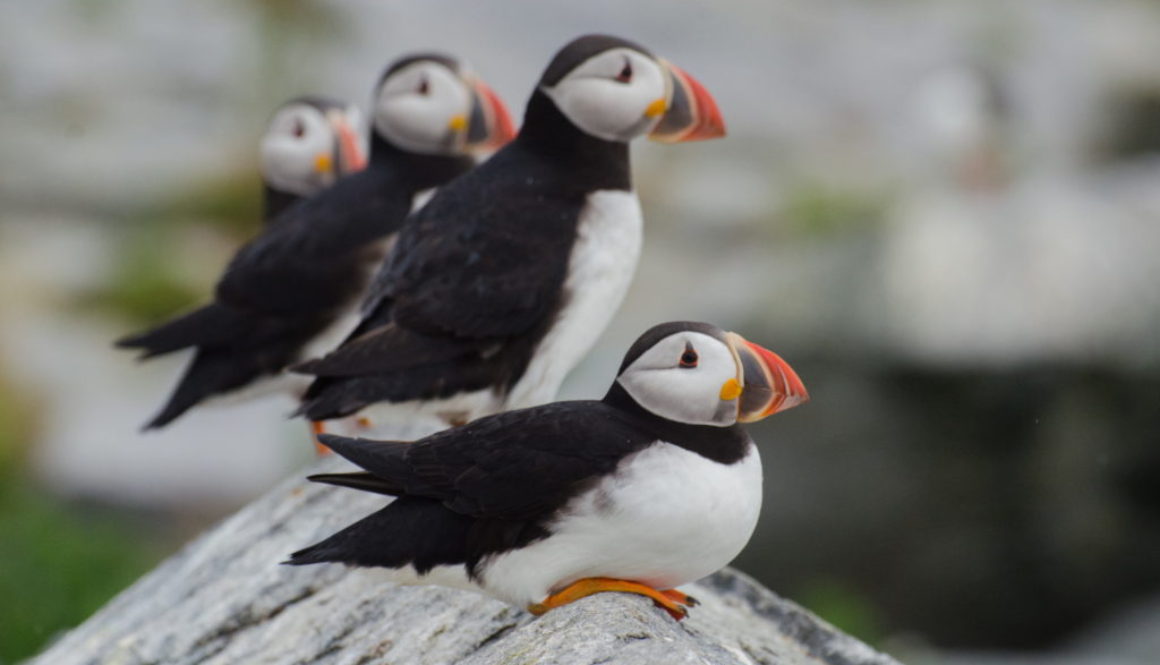
 Meet Claire Vézina! A New Brunswicker who’s upbringing in nature has inspired her to join our team as the Conservation Engagement Assistant.
Meet Claire Vézina! A New Brunswicker who’s upbringing in nature has inspired her to join our team as the Conservation Engagement Assistant. Courtney Piercy joined our team in 2017 and has been a big help in our marine protected area projects! She currently works as our Marine Education Coordinator.
Courtney Piercy joined our team in 2017 and has been a big help in our marine protected area projects! She currently works as our Marine Education Coordinator.